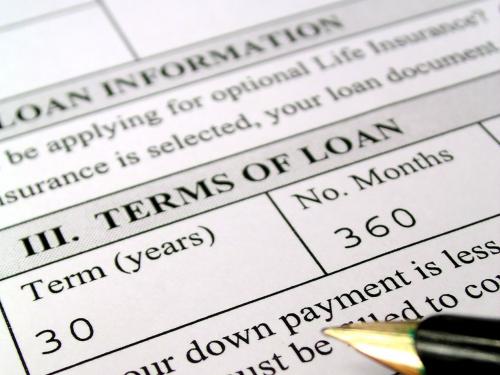The FAFSA, based upon my 12 years of experience in working with college-bound high school students and their families, is a document that elicits terror and confusion. However, it really doesn’t have to be this way. I tell parents that the FAFSA really is simply an admission ticket to be considered for a wide range of college, state, and federal financial aid. In fact, parents can’t even qualify for any federal loans unless they fill out the FAFSA. If you don’t fill out the FAFSA, from a purely federal loan perspective, you don’t exist as a financial aid applicant to the federal government or the colleges.
The FAFSA website, surprisingly, is an excellent resource for most commonly-asked questions about how to complete the form. The form itself is remarkably user-friendly; if you fill it out electronically, which is how most families do it nowadays, the system will actually alert you to any potential errors when you’re entering information.
Rather than focus upon the mechanical aspects about the FAFSA, let me highlight two key general tips on the twin 500-pound gorillas of the federal loan world: subsidized and unsubsidized loans. These are the federal student loans that are frequently obtained via the FAFSA.
Subsidized student loans
Obviously a student would prefer a scholarship as opposed to a loan, but if you’re going to need a loan – and chances are you’re almost certainly going to have to borrow some money – then subsidized federal loans are the way to go. Interest rates are currently 3.86%, and the best part about these loans is that you don’t know owe any money or any interest until six months after you graduate (or fall below half-time status). And when I say graduate, I mean from your final degree program. Let’s say, for example, that you pursue a bachelors, Masters, and law degree without any breaks. You would only be responsible to repay the subsidized student loan six months after graduation from law school – even if you got your only subsidized student loan as a freshman in college. Even if you are able to fully pay for your college education, if you are offered a subsidized student loan why in the world would you not take it? It’s interest-free until your six-month grace period after graduation is over, in which case you can simply repay the loan in full, without penalty. In the meantime, your family would be able to invest that money in ways that (hopefully) generate income while the student is in college. If you truly do need the money, it’s nice to know that no interest is accumulating in the background while you are pursuing your studies.
In short, I can honestly think of no logical reason why a student wouldn’t accept the maximum in subsidized student loan funding for a given academic year.
Unsubsidized student loan
As the name implies, there are no taxpayer dollars going to pay off the interest while the student is in school. However, the student will not be expected to pay interest on the loan during his or her college, graduate, or professional education. Nonetheless, lurking in the background is the fact that unsubsidized loans are generating interest, and that they will have to be repaid six months after the student graduates (or falls below half-time status).
Why would someone take out these loans you might ask?
Well, unsubsidized student loans are still generally a better product than private sector loans. The interest rates are, like the subsidized student loans at the time of this writing, at 3.86% — clearly a better interest rate than what most private banks offer.
There’s another reason why I’m a fan of both the unsubsidized and subsidized loans from Uncle Sam. Let’s say a student gets into trouble and has a hard time repaying the lender. Although the federal government will expect full repayment – and forget about declaring bankruptcy to extinguish federal, state or private student loans because it’s virtually impossible to do so – in my experience the federal government will work more closely and more fairly with a delinquent applicant than will a private bank.
So when in doubt, take the federal loans as opposed to a private loan. They are both great loan programs and are the two loans most undergraduates will be offered if they and their parents complete the FAFSA.
______________________
About the Author
Today’s guest post is from Jason Lum, the founder of ScholarEdge College Consulting. Jason has won over $250,000 scholarships and graduated debt free. Jason has helped students gain admission to some of the top universities in the country including Harvard, Yale and Stanford. Follow him on Twitter and Facebook.


One important thing is that if you find yourself searching for a education loan you may find that you will need a co-signer. There are many scenarios where this is true because you should find that you do not possess a past credit rating so the mortgage lender will require you have someone cosign the financing for you. Good post.